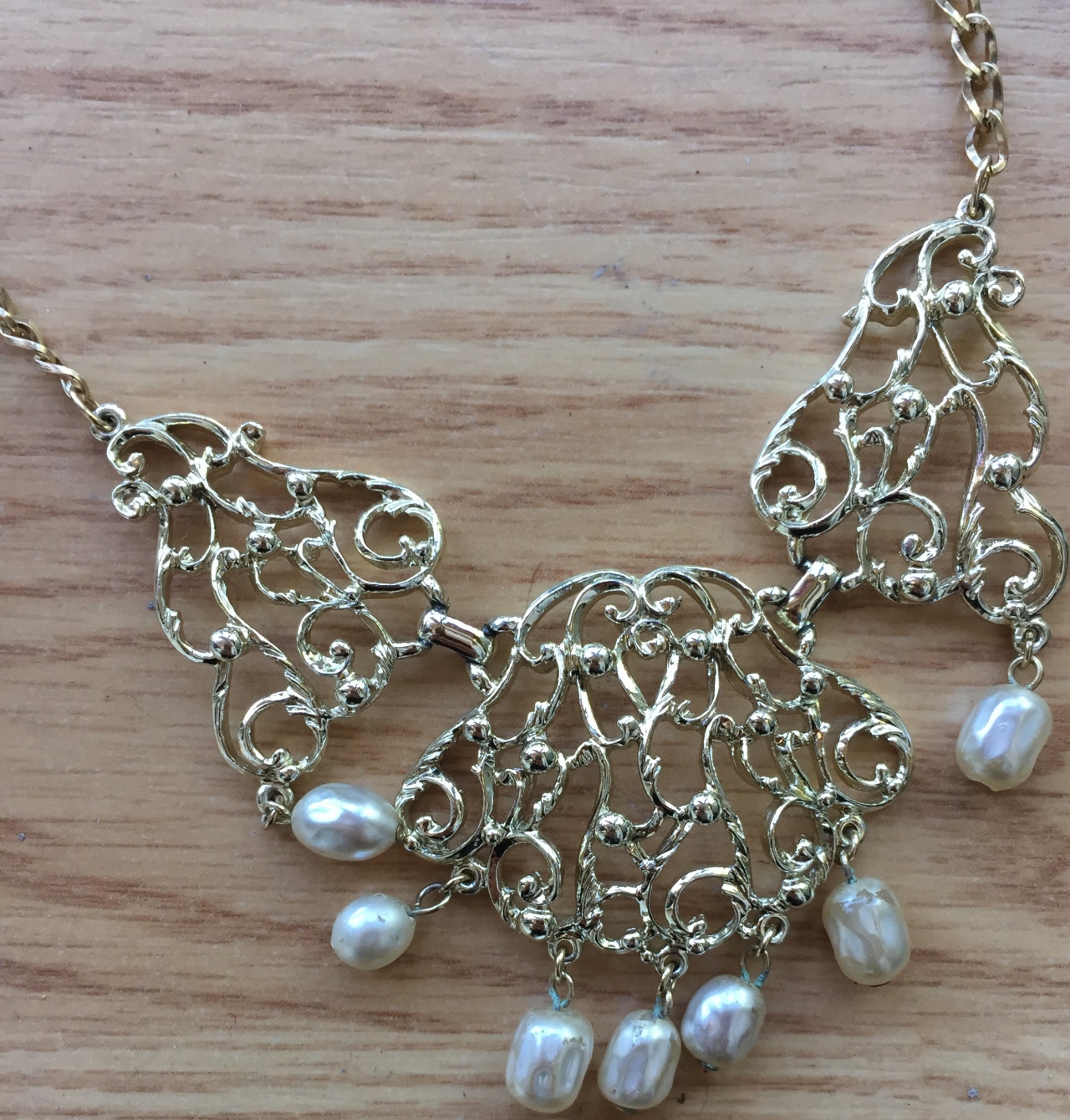Continuing it off the first post about pearls, I’ll be diving further into the depths of the pearl history. It’s such an intensive topic that it really took three parts to do the tiny gem justice. Last week I gave you the history of pearls, and this week I will cover different types of pearls.

Pearls can be cultivated in either fresh or salt water. The type of pearl depends on the type of mollusk it came from. China produced most of the freshwater pearls that are cultured. Since there is an influx of these, the cost of freshwater pearls is less than it’s saltier counterparts. Saltwater pearls can be from Tahiti and French Polynesia islands, Akoya, Australia, the Philippines and Indonesia (the latter three varieties are referred to as South Sea pearl, these three also make up the largest variety of pearls).

The Akoya is the more traditional pearl type, found off the coast of Japan. These are the classic, perfectly rounded and white pearl that sheens. When one thinks of the classic strand of white pearls, it’s this type. And while abnormalities do exists, this type of pearl is known for its perfect sphere and crisp white complexion.
Tahiti and French Polynesia islands are the only naturally occurring dark pearls. These pearls are more commonly found in baroque, oval or drop shapes, (though again, there are exceptions and circular Tahiti pearls have been found).
South Sea pearls range from gold to white and are the largest saltwater pearls currently. Like the Tahiti pearls, these pearls are typically found in ovals, baroque and drop shapes, with circular pearls of this variety being very rare.
Freshwater pearls are the most affordable pearls on the market currently. They are known for their baroque shapes, pastel shades (which includes white) and soft luster (except for the metallic freshwater pearl which is very rare). These pearls are the ones that offer the widest variety in shapes.

There are various colors and hues that pearls come in. The traditional white, pink, great, cream and black. Some come in golden hues (as seen in the South Sea pearls). Tahitian black pearls come in a range of hues, from blue, purple, grey and green.
Colored pearls have been popular all the way back to the 17th century. Often combined with other gems in similar hues to create a spectacular combination.

Just like there are different colors of pearls, there are different variations of sizes and shapes. One being baroque, which is a type of pearl that is non-symmetrical, most common in freshwater pearls. These pearls when combined with unique coloring have been used in contemporary jewelry pieces (think jewelry designer Lilly Barrack or Tiffany and Co. both who have used this technique to create beautiful pieces of wearable art). Now, while only oysters “technically “ produce pearls, other gems cultured from different mollusks can fall into this category and while these other breeds lack the iridescent quality of the pearl, they make up for that with their beauty.
One of these incredible pieces is the conch pearl, which can be found in coral to yellow hues. This specific pearl is only found in nature and cannot be farmed. Because of this, conch pearls can go for upwards of $120,000. I will wrap up this section of pearl hisorty and continue with next weeks final topic: pearl maintenance and care.



Leave a comment